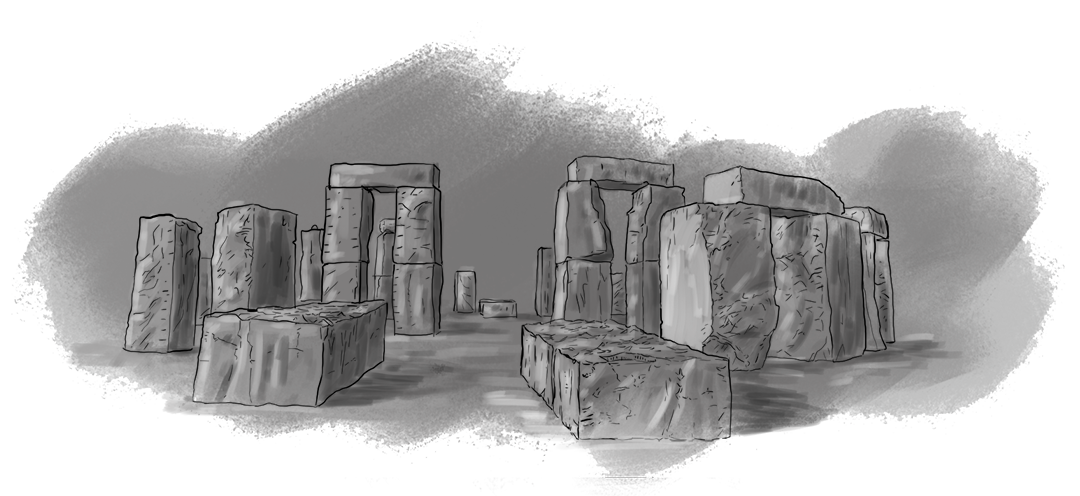Among the many roadside attractions that Texas has to offer, one might not expect to find a replica of Stonehenge, the famous English stone structure thought to be everything from a burial site to a celestial calendar. Nestled on the campus of the University of Texas of the Permian Basin in Odessa, the stone structure was created in the summer of 2004 and is composed of about 20 stone blocks, the tallest of which is about 19 feet tall, making the height of the replica a little shorter than the Druidic original which reached to heights of about 22 feet. The reason for the inaccuracies is mostly due to the slabs being created from donated leftovers from a local TexaStone quarry in Glasscock, Texas. While the original is constructed of dolerite bluestone that was transported almost 150 miles to its final destination, the Odessa stones are carved from limestone found in the Permian Basin, each one weighing in at around 20,000 pounds.
The reproduction was created by University stoneworkers Connie and Brenda Edwards and took about 6 weeks to set the whole thing up. While the structure may not be a 1 to 1 replica of the original vertically, the horizontal size is exactly the same as the original and is astronomically accurate. Because of its adherence to accuracy and its placement the Heel Stone, representing the Summer Solstice, had to be placed across the street from the rest of the main structure. A visit to the replica may leave you feeling a bit unstuck from time and space as it is visibly in close proximity to several corporate American places of worship, including a McDonald’s, Home Depot, and a Staples. Still, it may be worth your time if you happen to be passing through Odessa.
Oddly enough this is just one of dozens of Stonehenge replicas that can be found in the United States, but is one of only a few that are properly aligned astronomically.

